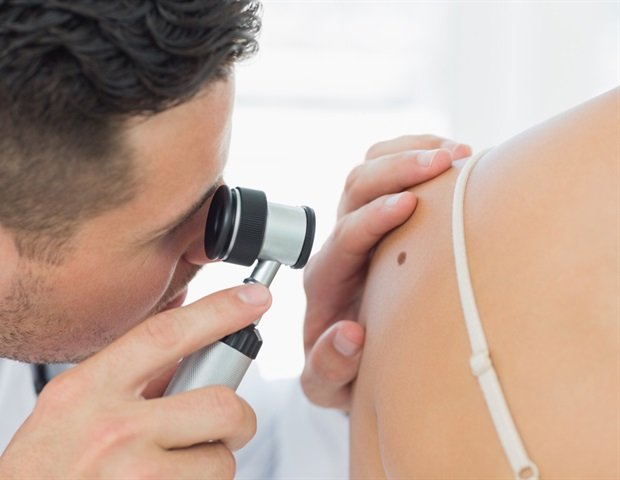In many African countries, up to nine out of 10 children suffer from skin problems and there are too few local dermatologists. Artificial intelligence could help with diagnosis, but it needs to be trained with relevant images, so researchers created a new dataset for darker skin tones.
Demand is high and there is a severe shortage of dermatologists. In many African countries, there are fewer than one dermatologist per million people. The World Health Organization (WHO) recommends 1 in 50,000 dermatologists. This shortage is particularly acute in rural Africa, where up to 87% of children suffer from untreated skin conditions.
The PASSION project (which stands for Pediatric AI Skin Support In Outreachnations) was founded with the aim of solving this problem. A team of researchers from the University of Basel, led by Professor Alexander Navalini, collaborated with colleagues in Madagascar, Malawi and Madagascar. Guinea aims to build the foundation for the use of artificial intelligence (AI) to support dermatological diagnostics in these regions. They will present this project at the MICCAI 2024 conference (International Conference on Medical Image Computing and Computer-Assisted Intervention) in Marrakech.
There are few images with dark skin tones.
For example, if an AI wants to detect eczema in photos, it must first learn what eczema looks like based on hundreds of photos. However, existing photographs are mainly of skin problems on light skin types and are provided by clinics in Europe and the United States. The lack of medical care in many African countries also means there is a lack of imaging material that deals with skin problems of pigmented skin. If an AI program was trained using only photos of light skin, it could be much less effective at diagnosing changes in dark skin tone.
So researchers created an image database of some of the most common skin conditions, including eczema, fungal infections of the skin and nails, scabies, and superficial skin infections caused by streptococci and staphylococci. This dataset can be used to train new AI programs for dermatology diagnosis, but also to test the accuracy of existing AI models.
Images were taken by local dermatologists in Madagascar, Malawi, and Guinea between 2020 and 2023 with patient consent. Images were annotated with diagnostic information and information about age, gender, and body part and entered into an anonymized database. database. The database currently contains more than 4,200 images showing skin changes in approximately 1,300 patients, two-thirds of whom are under 18 years old.
Self-diagnosis using a smartphone
Our vision is to enable patients to take and upload photos of their skin concerns for free with their smartphones. They then receive treatment recommendations from the AI. ”
Alexander Navalini, Professor, University of Basel
If this method is as accurate as expected, it could be used for triage and, if necessary, initial treatment. A human dermatologist becomes involved only if symptoms persist.
“We are currently testing this method in stages as part of a validation study in Madagascar. Once the diagnostic accuracy exceeds 80%, we plan to offer a new diagnostic tool with scientific monitoring.” explains Philippe Gottfroy, a doctoral student in Navalny’s research group. Lead author of the study.
In the next step, the researchers aim to expand the database to include additional image material, primarily related to neglected tropical skin diseases. They hope that AI can help close the large disparities in dermatological care in these regions.
sauce:
Reference magazines:
Gottfrois, P., et al. (2024). Passion for dermatology: Bridging the diversity gap with images of sub-Saharan African pigmented skin. Computer science lecture notes. doi.org/10.1007/978-3-031-72384-1_66.

